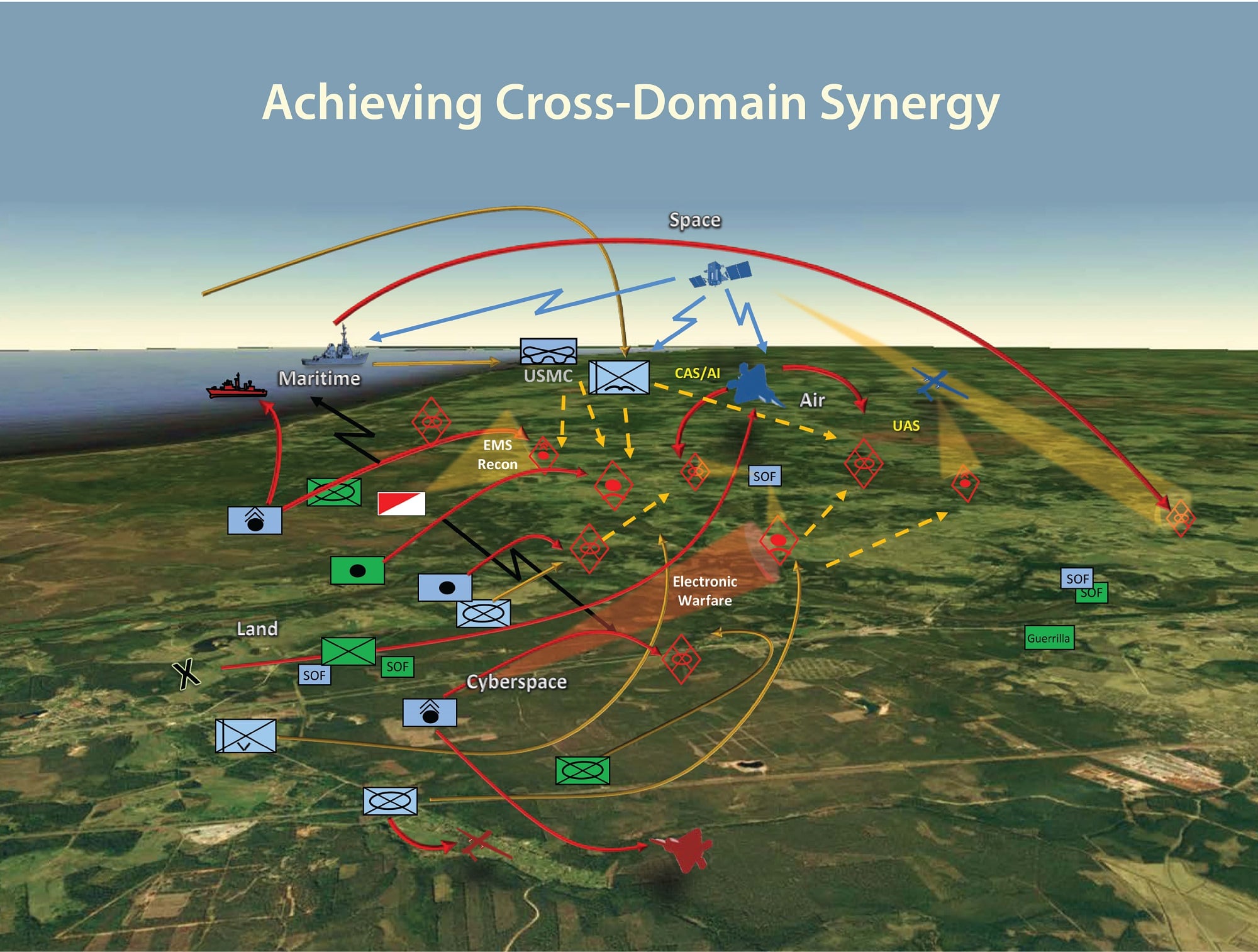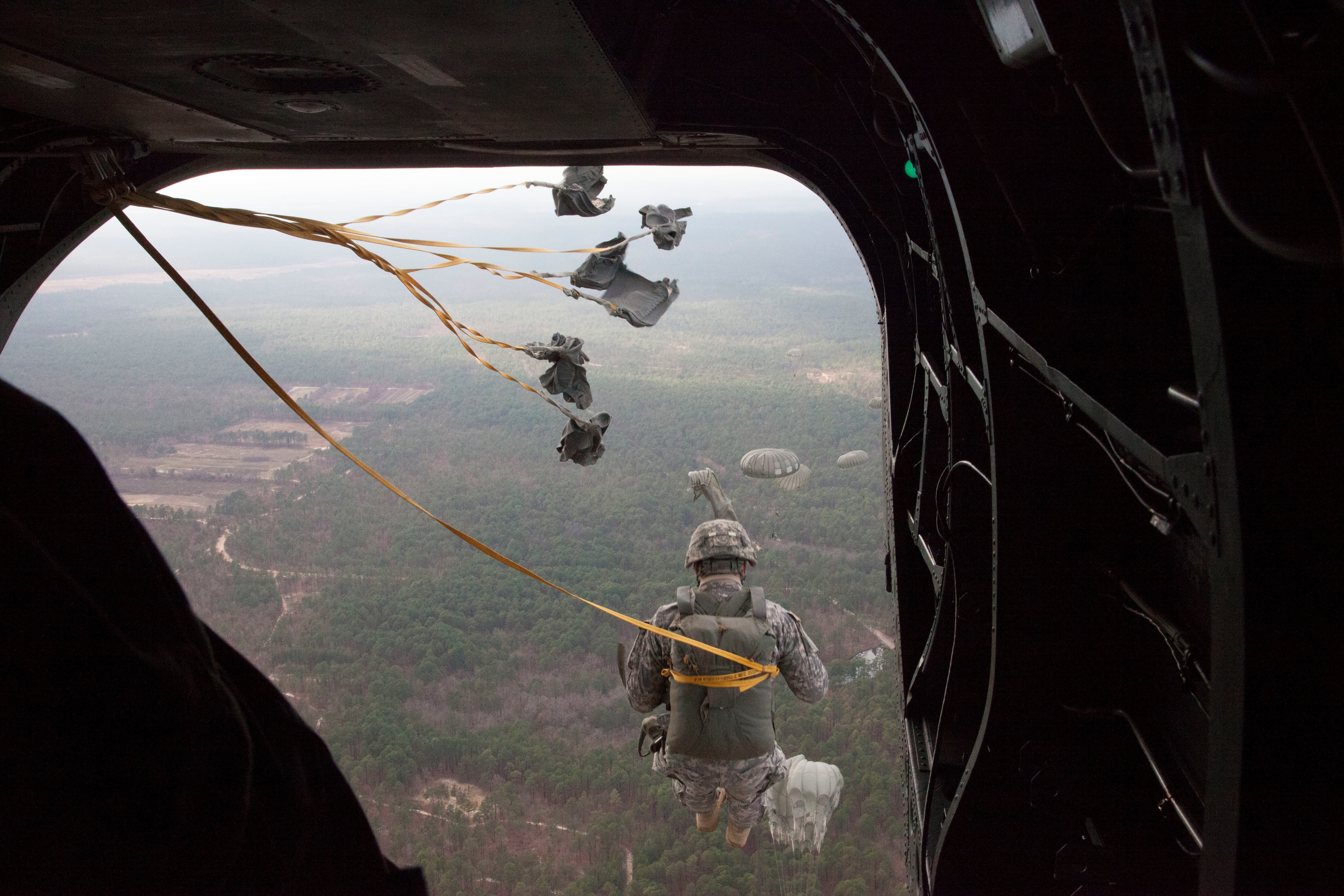FORT BENNING, Ga. – The Army tested its current and future equipment and warfighting methods for the potential next war in a massive, weeks-long simulated experiment that wrapped up recently.
The Unified Challenge 19.2 experiment in August involved more than 400 participants working with 55 formations, 64 concepts and 150 capabilities, said Col. Mark Bailey, chief of the Army’s Futures and Concepts Center’s Joint Army Experimentation Division. The exercise ran Aug. 5-23.
The simulation allowed Army leaders to “understand some of the complex patterns” that come out of the very complex systems that the United States and its adversaries are using, or developing to use, in future scenarios, Bailey told reporters this week.
Much of what was tested couldn’t be done in the real world because it hasn’t been invented yet.
For example, the Army’s priorities in the Cross Functional Teams, from Future Vertical Lift to the Next Generation Combat Vehicle, are years away from fielding their platforms to the force, but through mathematical models and algorithms, researchers can plug in the day and play out a very detailed set of events.
And the scope of the experiment dove deeper than what a typical tabletop exercise or wargaming scenario might.
It allowed experimenters to see down to the small unit level and all the way up to the division and corps level what would likely play out if those formations collided with a near-peer competitor on foreign turf in a battle for territory.
Chris Willis, the chief of the Maneuver Battle Lab’s Model and Simulations Branch, said that for the first time, experimenters were able to use “nonlethal effects” in a simulation — electronic jamming, cyber-attacks and other methods — to support maneuver warfighting.
That helped them gather data on concepts that Army leaders have been considering and theorizing about for years.
But the multi-domain operations tools that were used in simulation were not being flung about the simulated battle space by random privates.
Currently, the experiments look at having commanders below the brigade level aware of what MDO tools are at their disposal and how to get access to them when needed from higher echelons, which would likely house them.
“The brigade would get access to some effects but those wouldn’t rest inside of the brigade proper,” said Col. Chris Cassibry, director of the Maneuver Capabilities Development and Integration Directorate’s Concepts Development Division.
Cassibry emphasized that at this stage it’s more important for the brigade commander to understand what’s happening across the battlefield and use those effects to execute maneuver.
For instance, the idea is that by enabling space and cyber assets, ground forces can have more freedom to maneuver. That was assumed to be the case but the complex simulation has put some data behind the concept for researchers to now analyze.
A lot of what presented challenges that will consume commanders of the future was creating “windows of domain superiority,” Bailey said.

Converging effects
The basic plan is to converge effects, fires or non-kinetic or other types, which create that window. Commanders can plan for that and they do.
But to do that at the speed that leaders believe MDO will unfold presents a whole other set of challenges.
“Things happen so fast you must have this flexibility to do that in a moment’s notice so that when you identify a target on a battlefield and don’t have the artillery tube in range you have to quickly identify what else you have in range to hit that target,” Bailey said.
And also, to understand that even if you switch “guns” quickly enough to another asset, drone, missile, electronic warfare, that means the new tool you’ve chosen will now not be used on another quickly emerging target or threat.
That’s where artificial intelligence must fill the gap, by offering up those menus of options for commanders and identifying the targets so that the human can then fire.
Unified Challenge is a twice a year event; this was the second. Though it provides a lot of data, it’s not something easily replicable. That means that in the near term, smaller experiments will unfold using some of the lessons learned from the larger experiment, further refining concepts and next steps on many of the ways in which the Army goes after MDO.
The next step will be for the Futures and Concepts Center to compile a report of lessons learned and recommendations moving forward with some of the platforms, capabilities and doctrine.
That will be delivered to the center director in the coming months, and once approved, spread across the Army to inform smaller scale experiments with portions of the larger effort to develop MDO doctrine and materiel, Bailey said.
Todd South has written about crime, courts, government and the military for multiple publications since 2004 and was named a 2014 Pulitzer finalist for a co-written project on witness intimidation. Todd is a Marine veteran of the Iraq War.





